Sally, one of my lab mates, takes amazing videos of protists under the microscope (she posts these on her Instagram, pondlife_pondlife – go check it out). She showed me this video of a Dinoflagellate, a common marine protist that’s part of the plankton. They microscopic, and they swim like this:
My immediate thoughts can be summarized with this GIF:
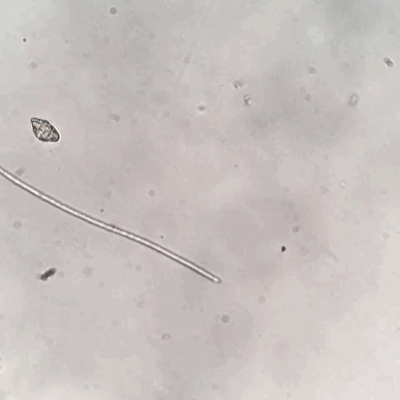
I can’t even. Dinoflagellate, Y U swim so crazy??? All of a sudden I’m trawling the internet for more information, and stumbled across this 2010 review paper by Tom Fenchel, on “How Dinoflagellates Swim“.
Dinoflagellates have two flagella, oriented perpendicular to each other (a transversal flagellum and a longitudinal, trailing flagellum). When these flagella are flapping at the same time, it means that the Dinoflagellate rotates in a crazy way and swims in a “helical swimming path”. Apparently this is kinetically advantagous – the Dinoflagellates can use the force and momentum of this swimming pattern to align themselves across environmental gradients, such as salinity, temperature, and chemical stimuli.
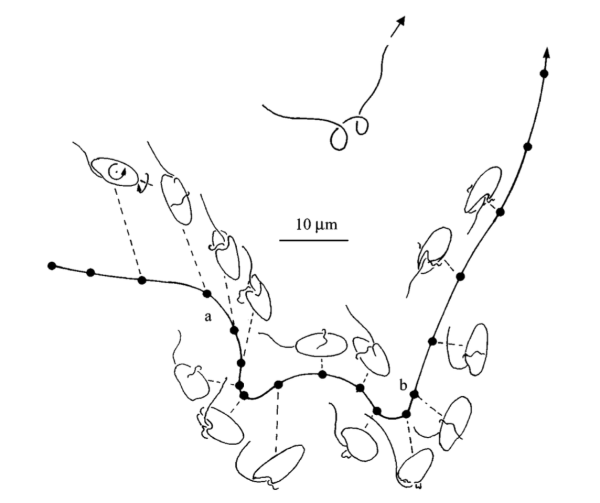
Based on the Fenchel (2001) paper, it seems like most other protists and microbes are known to swim in a helical path. So next time you’re at the beach, just think – the water around you is full of billions of microbes just spinning, and spinning, and spinning….
So what did I learn? Well, if this overhead image of Dinoflagellate swimming tracks is anything to go by, I learned that they are basically the equivalent of a drunk guy trying to follow the smell of a hot dog cart at 3am:
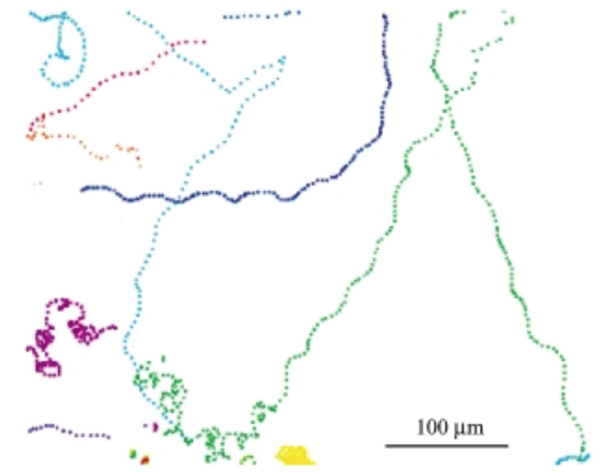
Reference:
Fenchel, T (2001) How Dinoflagellates Swim. Protist, 152:329-338.



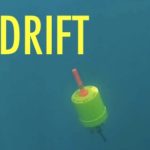
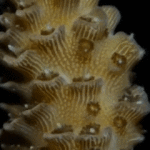


During my PhD I spent many hours watching Oxyrrhis swim like this. They ‘corkscrew’ through the water as at this scale water is relatively viscous, and as you note this is a particularly efficient way to move through treacle. If they just flapped like a fish they wouldn’t go anywhere. Dinoflagellates are the best.
In our zooplankton lab we have many cultured dinos (not the ones most people think of) and their drunken corkscrewing is subject of many inside jokes! Oxyrrhis look like they are permanently in a rave indeed :D